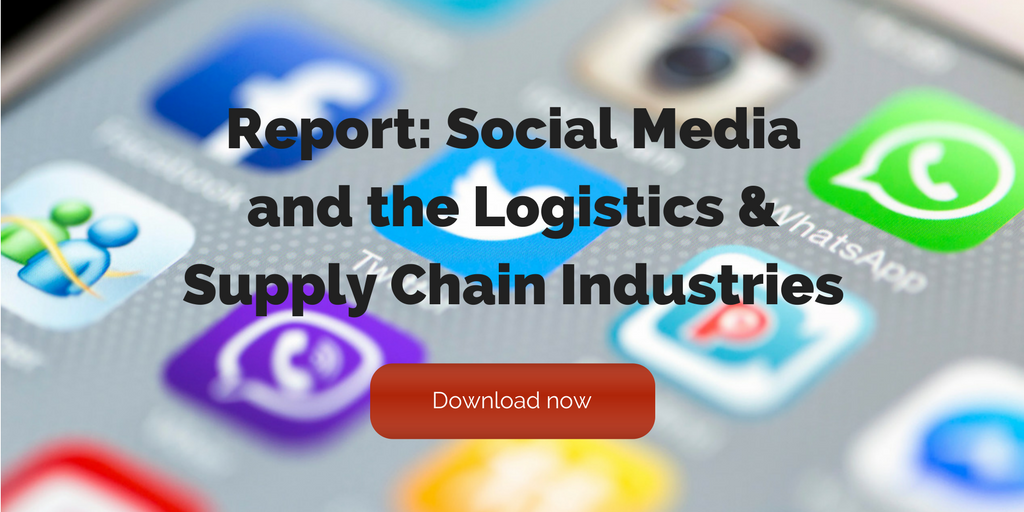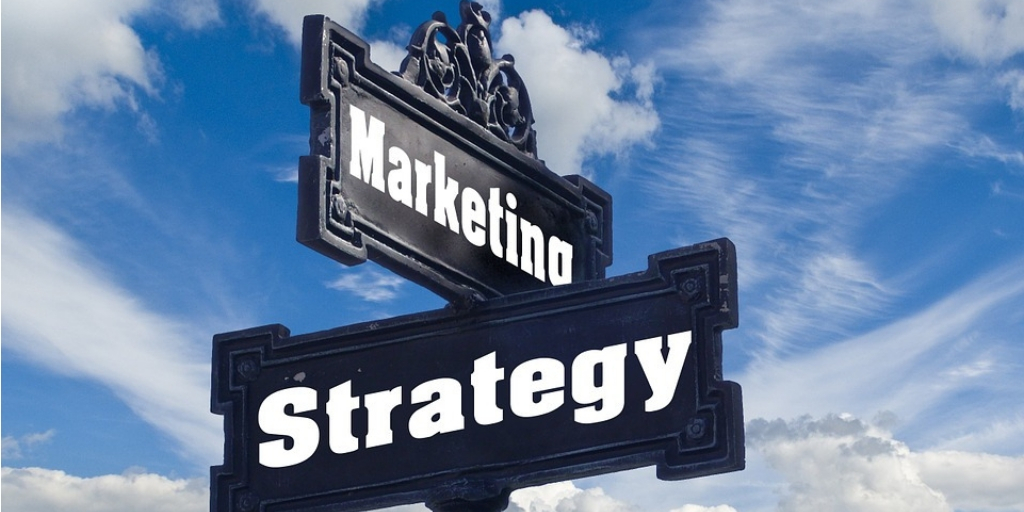
by Fronetics | Oct 24, 2018 | Blog, Content Marketing, Logistics, Marketing, Social Media, Supply Chain
Brands need to focus on the awareness and consideration stages of the buyer’s journey to build relationships and boost social media ROI.
Are you focusing on the right phases of the buyer’s journey in your social media strategy? The 2018 Sprout Social Index shows that customers prefer businesses to provide social media content that aids in awareness and consideration, not the end sale.
Misaligned priorities
Sprout Social’s 2018 Index found that users “want brand awareness and consideration stage content from brands on social, but 80% of social marketers are hyper-focused on awareness activities, leaving out the consideration piece of the puzzle.” When brands don’t meet the needs of their audience with consideration stage content, they’re missing out on building relationships and ultimately cutting into social media ROI.
[bctt tweet=”Sprout Social found a great deal of misalignment when it comes to what marketers post versus what consumers want to see on their social media platforms. ” username=”Fronetics”]
Sprout Social found a great deal of misalignment when it comes to what marketers post versus what consumers want to see on their social media platforms. Part of the issue is a failure to define ROI in the most productive way. Thinking about social media’s value in terms of direct attribution leads to a skewed focus on sales, and erodes the effectiveness of brands’ social media efforts. According to Sprout Social, “social’s true value isn’t in direct attribution — it’s in the awareness and consideration stages of the funnel.”
The right kind of content
Despite the misalignment, there is one area of overlap between what marketers focus on and what users want to see: “posts that teach.” Which brings us back to consideration stage content. “If you aren’t already, meet consumers in this sweet spot in the consideration stage,” suggests Sprout Social. This means taking users beyond recognizing your brand and into knowing where your expertise and thought leadership lies.
Educational content is key in the consideration stage. It’s important to remember that this kind of content doesn’t necessarily need to showcase your product to be valuable — it’s all about offering your audience the information and expertise they’re looking for. For B2B businesses, particularly the supply chain, this could mean anything from product demonstrations to think pieces about how to optimize production.
“The most enlightened social marketing strategy integrates awareness and consideration stage content — opening the door with entertainment and inspiration, then carrying audiences across the threshold with education, information about new product offerings, and discounts and sales,” says Sprout Social.
Diversifying focus between awareness and consideration is crucial to getting the most out of your social media efforts. As social networks home in on preserving the social aspects of their platforms, it’s all the more important for brands to align their activities with what users actually want to see, to stay relevant.
Related posts:
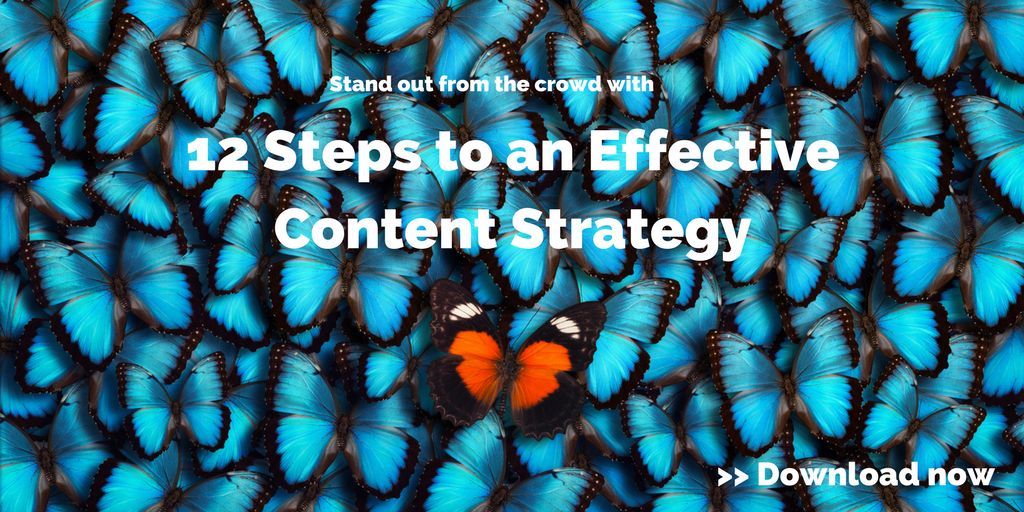

by Fronetics | Oct 10, 2018 | Blog, Content Marketing, Logistics, Marketing, Social Media, Supply Chain
Follow these 3 steps to use social media to promote events, conferences, and other business occasions.
Social media is a powerhouse tool for growing brand awareness, audience engagement, and lead generation. It’s also one of the most effective ways out there to promote special events.
[bctt tweet=”Social media is a powerhouse tool for growing brand awareness, audience engagement, and lead generation. It’s also one of the most effective ways out there to promote special events.” username=”Fronetics”]
But simply creating a Facebook event and sharing it once or twice won’t get you the most bang for your buck. You need to be strategic about your use of social media to promote events and conferences.
Follow these 3 steps to make the most of social media as a promotional tool.
3 steps to use social media to promote events for your business
1. Choose your platform wisely
Not all social media channels are created equal, and neither are all events. Finding the platform that suits the unique needs of your event or conference is a big part of a successful promotional campaign. For instance, Facebook is a great option for large-scale public events, since it lets you hone in on your target audience in specific ways.
On the other hand, for corporate events like seminars, conferences, and continuing education programming, LinkedIn is your best bet. LinkedIn lets you set up your event and allows attendees to network with each other before the event even happens.
When it comes to more informal events, Instagram is a great way to identify and engage with potential attendees. The platform’s highly visual nature is ideal for sharing imagery related to your event, and it’s an ideal place to use hashtags.
2. Pick a hashtag
If your social media circle includes people under the age of 35, you’ve probably noticed that pretty much every wedding, graduation party, and even family vacation has its own hashtag these days. Corporate events are no different. Hashtags are a fun and memorable way to foster a sense of community, and they have the important benefit of being an easy way to group all information, questions, and comments about your event.
The most effective hashtags tend to be short, memorable, and easy to read. It’s also worthwhile to do a quick search to make sure your hashtag hasn’t been used before. In all posts related to your event, use your hashtag prominently, and encourage your audience to do the same if they share or post independently.
3. Don’t forget about content
One of the most effective ways to promote events on social media is — you guessed it — content. Blog posts, related case studies, testimonials from former events, promotional interviews with potential attendees or keynote speakers, videos, case studies, and white papers/industry reports are all content types to consider.
You don’t have to reinvent the wheel every time you promote a new event. Chances are, existing content can be repurposed and reposted on social media channels. You’re serving the dual purpose of promoting your event and driving more traffic to view and interact with your content.
When it comes to promoting events, social media is your friend. Approaching it strategically can help you raise awareness, attendance, and interaction and reach for your brand.
How do you use social media to promote events?
Related posts:
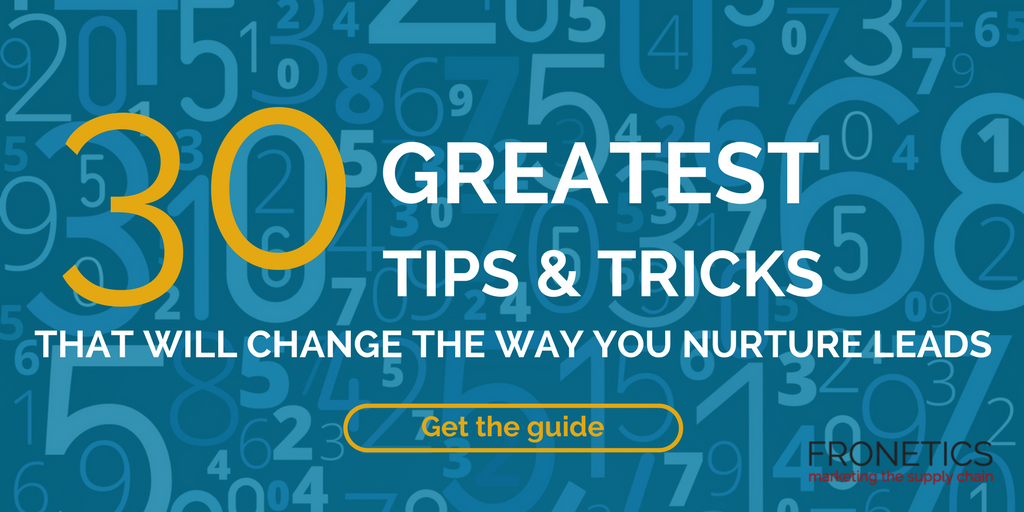
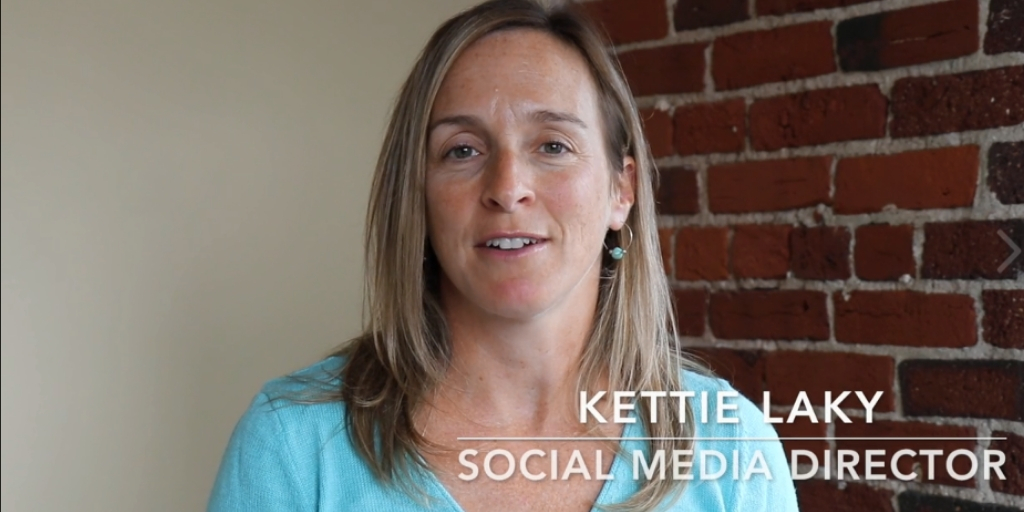
by Fronetics | Oct 8, 2018 | Blog, Content Marketing, Logistics, Marketing, Social Media, Strategy, Supply Chain
Social media’s ability to exponentially grow brand awareness and introduce your content to unseen audiences can’t always be measured in dollars.
One of the hardest parts about implementing a social media strategy is struggling to measure its success. While most B2B marketing professionals agree that a social media presence is crucial to any content marketing strategy, it can be hard to justify the investment when you can’t quantify the results.
“Social media is not just a spoke on the wheel of marketing. It’s becoming the way entire bicycles are built,” says Ryan Lilly, author.
This doesn’t mean that your business shouldn’t be diving — head first — into social media. With over 3.1 billion people using social media, businesses have to recognize the importance of social media as a part of a robust marketing strategy.
[bctt tweet=” With over 3.1 billion people using social media, businesses have to recognize the importance of social media as a part of a robust marketing strategy.” username=”Fronetics”]
Marketers need to start thinking about social media success in terms of potential, instead of immediate dollars.
Social media: the reach
One of the most valuable aspects of social media is the ability to engage with new audiences, all the time. That means you not only have access to a new customer base, but to their connections as well.
When your followers engage with your brand on social media, they also engage with their own personal network. This organic reach is one of the most beneficial aspects of social media — and it’s not easy to put a dollar amount on. The potential to nurture leads and ultimately impact sales are huge, but it won’t happen overnight.
Here’s Kettie Laky, Social Media Director at Fronetics, to share why you need to frame social media success in terms of potential, and not just dollars.
Video: Measure social media success in terms of potential, not just dollars.
It’s time we start thinking about social media success in this new way: in terms of potential and expanding value, rather than just immediate dollar amounts. How have you worked to measure the success of your social media strategy?
Related posts:


by Fronetics | Oct 3, 2018 | Blog, Content Marketing, Data/Analytics, Logistics, Marketing, Social Media, Supply Chain
Use these three steps to calculate your social media ROI and prove the value of your investment.
As supply chain and logistics businesses are finally recognizing the merits of content marketing, and more specifically social media platforms, many are looking into implementing a program at their companies. But it doesn’t take much research to realize what an enormous investment it is. And how difficult it can be to prove social media ROI.
We understand the time and money it takes to successfully implement and manage a social media strategy as a part of your content marketing plan. Many companies we talk to need help convincing management that it’s a worthwhile investment. To that we say, use data!
[bctt tweet=”We understand the time and money it takes to successfully implement and manage a social media strategy, as a part of your content marketing plan. Many companies we talk to need help convincing management that it’s a worthwhile investment.” username=”Fronetics”]
But what data should you use? How do you quantify certain benefits, like growth in brand awareness? And do you really have to keep track of all the hours you spend managing social media, crafting new tweets, etc.?
Here are three simple steps to start proving your social media ROI.
Infographic: 3 steps to prove social media ROI
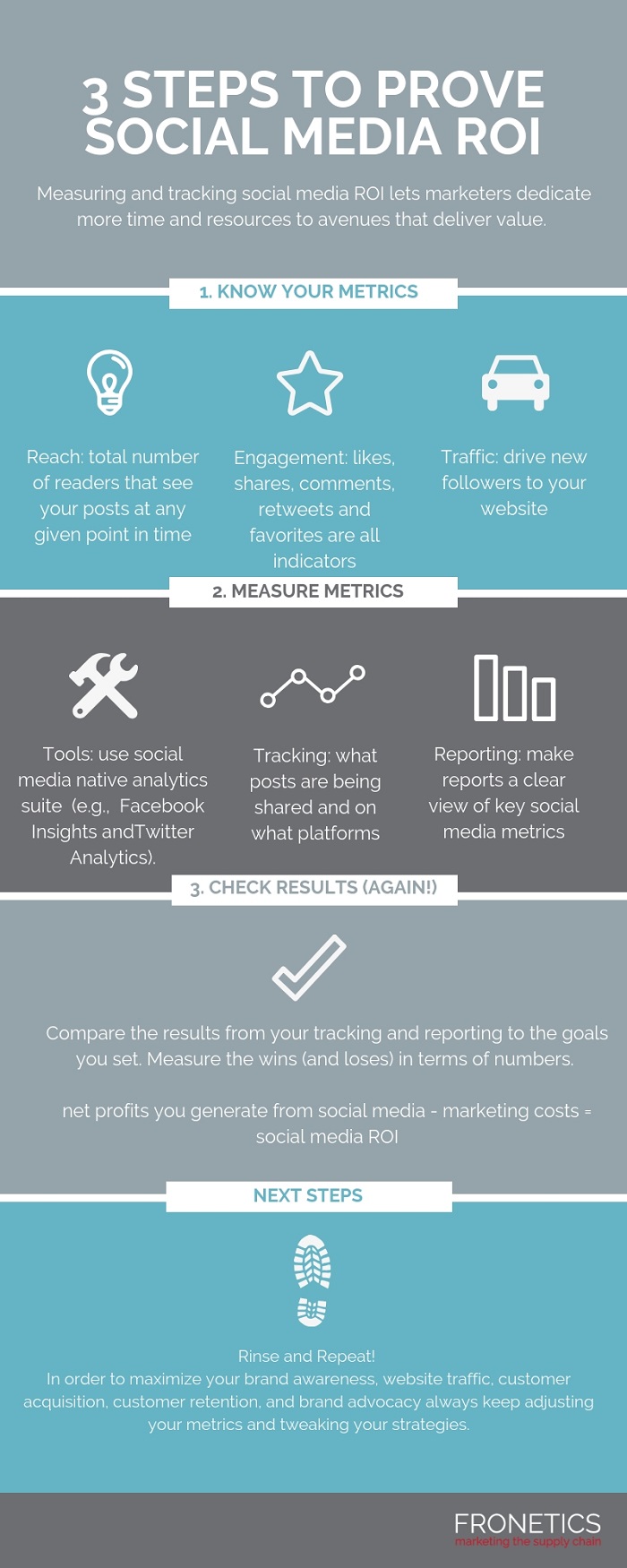
(Made with Canva)
Final thoughts
Once you’ve calculated ROI for your social media platforms, it’s time to think strategically about optimizing your content marketing resources in terms of allocation and timing. Having hard data helps you answer questions about which initiatives are most fruitful, what language engages your audience best, when your efforts are most likely to pay off.
Ultimately, this data-driven approach lets you continually adapt to the needs of your audience, ensuring an ongoing, robust ROI.
Have you had to prove your social media ROI? What strategies did you use?
Related posts:
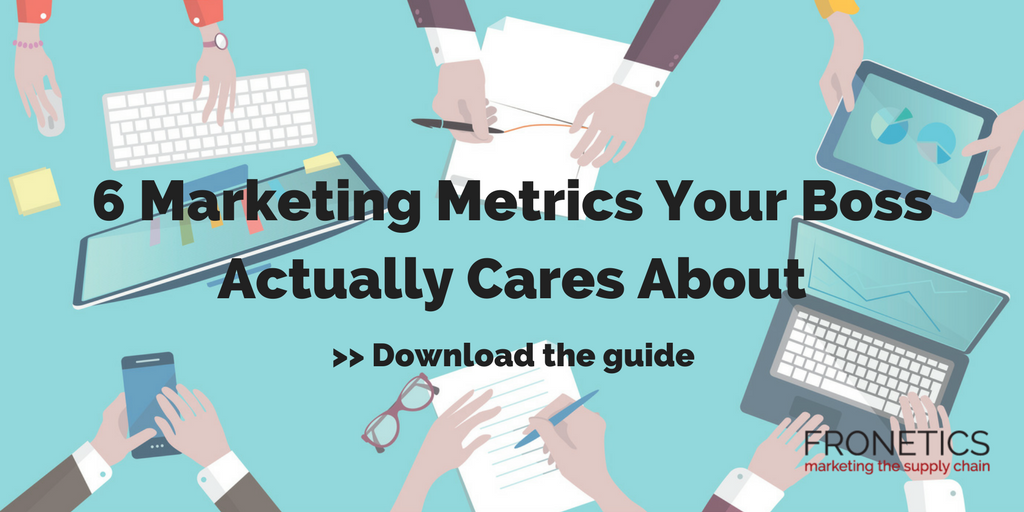

by Fronetics | Sep 27, 2018 | Blog, Content Marketing, Current Events, Marketing, Social Media
Also in social media news, September 2018: Twitter launches audio-only live streaming, and Facebook Creator Studio is going global.
The kids are back to school, football is back on tv, and the leaves are starting to change colors. This can only mean one thing: fall is officially upon us. What does this mean for our most popular social media platforms? Similar to battling dropping temperatures, it’s time to heat things up to keep users engaged and active.
Especially for Facebook. In a new survey by the Pew Research Center, users revealed how their engagement with the social media platform has changed in the wake of privacy and security concerns. Most notably, 44% of Facebook users ages 18 to 29 reported deleting the Facebook app from their phone in the past year. Despite the fall chill, Zuckerberg and his crew need to continue heating up their security updates and find new ways to gain user trust and ensure user privacy.
Here’s what else has been happening in September with the hottest social media platforms and how the latest updates help businesses gain exposure and target new audiences.
Here’s your social media news for September 2018.
Facebook Expands Ad Pixels to Group
Facebook will now allow pixels to be added to a brand’s Facebook Group. This expanded feature will enable marketers to track user growth, activity, and engagement with their websites. Facebook is hoping the new update will boost attention for Groups as an advertising avenue. “Facebook Groups are the new email for brands. They get push notifications. The engagement rate of Groups is extremely high. It makes sense they’re going to put a pixel in there, just like you would with email, because now through groups you can track conversions,” says Nik Sharma, Director at Hint Inc.
Snap Inc. Announces New Webinars for Ad Tools
Snap Inc. announced two upcoming webinars that provide more insight into how Snapchat can boost marketing campaigns for advertisers. These webinars are “for advertisers who want to learn more about the Snap Pixel. From how it differs from other pixels, the optimizations and attribution it enables, to implementation and troubleshooting, we’ll cover everything you need to know to power your eCommerce campaigns.” Though Snap’s niche is young adults, the app is working overtime to provide more advertising options, including performance tracking and user engagement.
Twitter Rolls Out Audio-Only Live-Streams on Twitter and Periscope
Twitter launched a new audio-only option on its app and Periscope. The popular feature, available on Facebook since 2015, has been heavily requested by users for years. “Broadcasting with audio only in Periscope is something the community has been asking for, and have been doing already by covering the camera lens. Sometimes people are not comfortable being on camera, but they still want to broadcast and interact with others via Periscope’s powerful chatroom feature.” writes Periscope engineer, Richard Plom. The new feature allows users to hear content without being locked to a screen. This will help businesses tap into the podcasting trend (streaming without video), creating new ways for users to tap into a brand’s content.
Facebook’s Creator Studio Launches Globally
Facebook officially launched Creator Studio globally, “providing one central place for Pages to manage their entire content library and business.” Publishers and account managers can now manage content, interactions, insights, video publishing, and much more in one central location.
Related posts:
